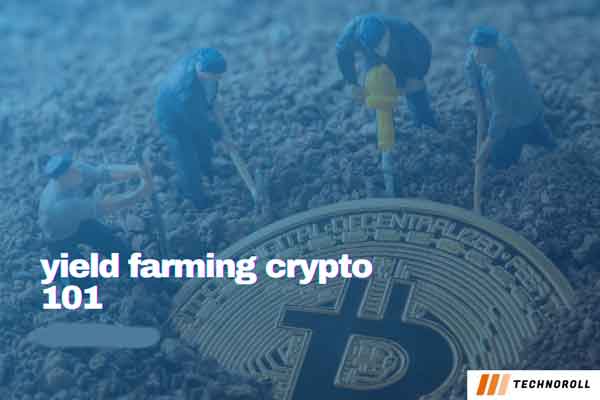Decentralized finance (DeFi) has lately risen due to new developments like liquidity mining, which is both creative and dangerous. Stick or lending crypto assets to produce significant returns or rewards in different cryptocurrencies is yield farming. As a result of yield farming, the DeFi industry, which is still in its infancy, expects its market valuation to rise to $10 billion by 2020.
Liquidation In Crypto
To put it simply, yield farming protocols encourage liquidity providers (LP) to stake or lock up their crypto assets in a pool of liquidity based on smart contracts. A part of the transaction costs, interest from the lenders, or a governance token can be used as incentives (see liquidity mining below). These profits are shown as a yearly percentage return (APY). Investors’ returns fall in value when more money is added to the linked liquidity pool.
Stablecoins like USDT, DAI, and USDC were the most popular choices for early-yield investors. DeFi protocols that are now popular functions on the Ethereum network provide governance tokens for so-called liquidity mining. For the exchange of supplying liquidity to decentralized exchanges, tokens are farmed in these liquidity pools (DEXs).
Yield farming participants that gain token incentives as an additional remuneration are said to be engaged in liquidity mining, which became popular after Compound began releasing its rapidly rising governance token, COMP, to its platform users.
Liquidity providers in yield farming protocols are now typically rewarded with governance tokens, which can be exchanged on centralized exchanges like Binance and decentralized exchanges like Uniswap.
With 123yield, you’ll be the first. By participating in staking, users may earn incentives as they utilize the network. An increasing range of PoS and DPoS assets may be safely staked by users while also receiving 123 tokens as additional incentives. Many cross-chain assets may be earned by staking the users’ 123 tokens. The platform aggregates user stake interests, which then delegates assets to approved validators on their behalf.
It’s a peer-to-peer crypto asset exchange platform that works seamlessly. 123swap uses the collective expertise of the crowd to build a web 3.0 economy that is transparent, community-governed, and decentralized. Because of this, it is based on the Binance Smart Chain.
The 123swap platform is self-funded to a large extent and requires oversight to proceed. It means that the pre-sale will be the primary selling period for tokens. Both the general public and venture capitalists will have equal rights. To save and build money jointly, 123swap offers individuals financial power back.
123yield is easy to use, safe, and devoid of complications. No action is required on behalf of the users, who can stake their 123tokens every day and earn USDT incentives in return. Because of this, the platform keeps a tiny portion of the profit to meet the considerable operational, technological, and legal expenses.
Referral program 123yield
Users may earn a commission by referring others to the program. For every stake a user makes with the help of another user’s link, another user receives 10% of the staked money. A 14-day lock period prevents users from withdrawing their money and earning bonus/referral commissions.
Final Thoughts
The DeFi industry, which is still in its infancy, expects its market valuation to rise to $10 billion by 2020. 123swap is a peer-to-peer crypto asset exchange platform that works seamlessly. 123swap uses the collective expertise of the crowd to build a web 3.0 economy that is transparent, community-governed, and decentralized. Yield farming protocols encourage liquidity providers (LP) to stake or lock up their crypto assets in a liquidity pool based on smart contracts. By participating in staking, users may earn incentives as they utilize the network.
The pre-sale will be the primary selling period for tokens. For every stake a user makes with the help of another user’s link, another user receives 10% of the staked money. Because of this, the platform keeps a tiny portion of the profit to meet the considerable operational, technological, and legal expenses.
Follow Technoroll for Technology and Business News.





